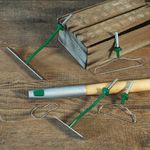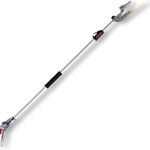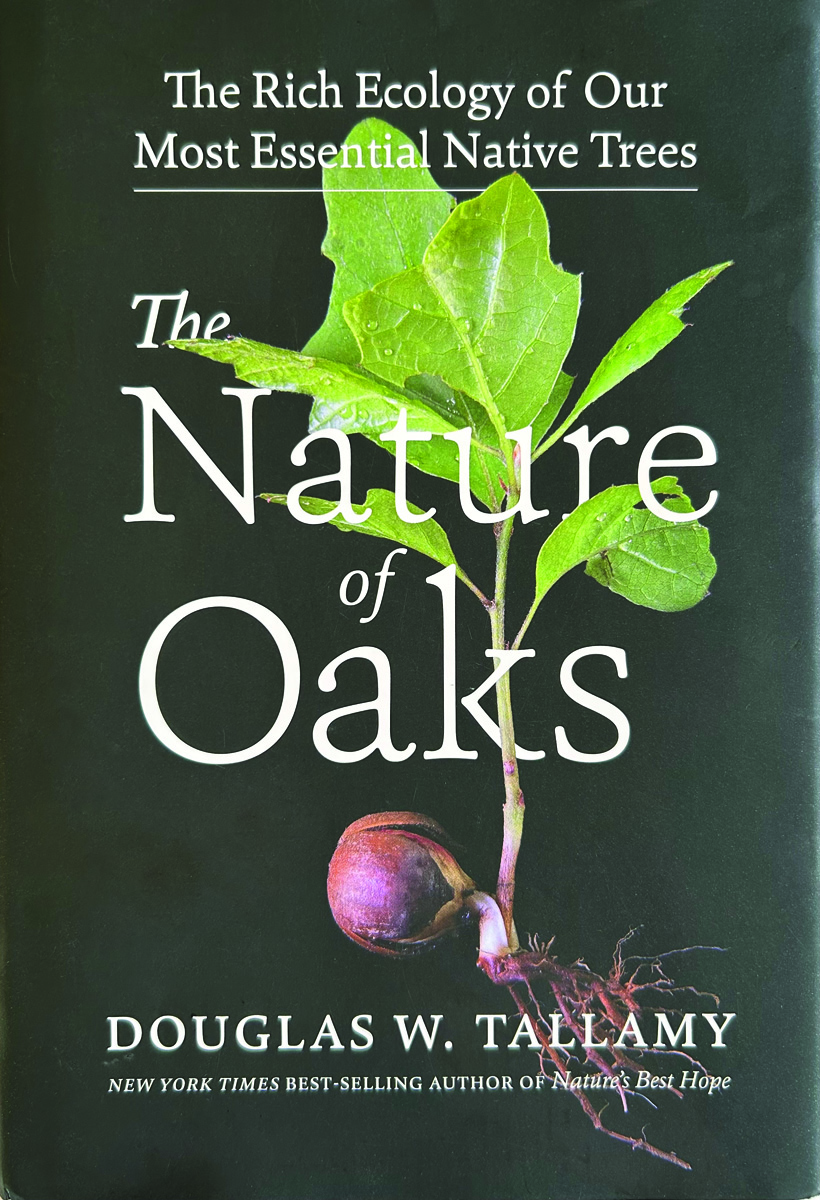Happy Monday, GPODers!
Today we’re getting a springtime update from Deb Skup in Sturgeon Bay, Wisconsin. Deb has shared her garden a couple of times in the past (Deb & Paul’s Garden in the Wisconsin Woods and Wild but Wonderful), but it has been several years since the last update and her plantings have evolved quite a bit. As Deb highlights in this submission, alliums have self-seeded throughout her gardens and helped to create a luscious green and purple color palette throughout her beds and borders.
Hi,
I haven’t submitted any new pictures for quite a while so thought I would send some today of my self-seeded alliums. They seem to look good wherever they pop up (except for their ugly leaves!). I have been retired now since 2022 so have had time to get the gardens a bit more under control, most days spending at least four hours working on them.
In this picture: catmint, mountain cornflower (Centaurea montana, Zones 3–8), astilbe, Dutch iris (Iris × hollandica, Zones 6–9), Japanese forest grass (Hakonechloa macra, Zones 5–9), purple heuchera, hosta, and some self-seeded blue columbine. My vegetable beds are in the background with a row cover over the peppers.
 The burgundy maple tree was a seed in some mulch 30 years ago!
The burgundy maple tree was a seed in some mulch 30 years ago!
 I braid all my thousands of daffodils and tuck them under each year so they don’t smother everything around them.
I braid all my thousands of daffodils and tuck them under each year so they don’t smother everything around them.
 This is Jazz, our 9-month-old puppy who loves to trample and chew on things while I weed.
This is Jazz, our 9-month-old puppy who loves to trample and chew on things while I weed.
 Here is my baby ‘Bloodgood’ Japanese maple (Acer palmatum ‘Bloodgood’, Zones 5–8) among hostas, allium, and other things that are buried in unbraided dafs. In the background is the native forest.
Here is my baby ‘Bloodgood’ Japanese maple (Acer palmatum ‘Bloodgood’, Zones 5–8) among hostas, allium, and other things that are buried in unbraided dafs. In the background is the native forest.
 One final photos shows the alliums adding more color to yet another bed, this time a wonderful contrast to a mass of bright yellow Japanese forest grass (Hakonechloa macra, Zones 5–9).
One final photos shows the alliums adding more color to yet another bed, this time a wonderful contrast to a mass of bright yellow Japanese forest grass (Hakonechloa macra, Zones 5–9).
Thank you so much for this fantastic update on your garden, Deb! The additional hours you are now able to spend in your garden have made an impact, and it’s so fun to see how your space has transformed over the years.
Do you let any plants self-seed freely in your garden? Maybe it’s a plant that just looks great in every setting, like Deb’s alliums, or maybe you’re a native plant connoisseur that lets beneficial beauties spread anywhere they’d like. Let us know in the comments what plants have free rein in your garden, or consider sharing photos with the blog! Follow the directions below to submit photos via email, or send me a DM on Instagram: @agirlherdogandtheroad.
We want to see YOUR garden!
Have photos to share? We’d love to see your garden, a particular collection of plants you love, or a wonderful garden you had the chance to visit!
To submit, send 5–10 photos to [email protected] along with some information about the plants in the pictures and where you took the photos. We’d love to hear where you are located, how long you’ve been gardening, successes you are proud of, failures you learned from, hopes for the future, favorite plants, or funny stories from your garden.
Have a mobile phone? Tag your photos on Facebook, Instagram or Twitter with #FineGardening!
Do you receive the GPOD by email yet? Sign up here
Fine Gardening Recommended Products

Johnny’s Selected Seeds Connecta® Cultivation Kit
Fine Gardening receives a commission for items purchased through links on this site, including Amazon Associates and other affiliate advertising programs.
Choose the right tool head for the job and switch out quickly with a simple push-button release. Includes the Connecta receiver, Connecta Collinear 4 head, Connecta Collinear 7 head, Connecta Contour Wire 4 head, Connecta Contour Wire 6 head, a sustainably harvested oiled ashwood handle, and a stainless-steel carrying clip.

ARS Telescoping Long Reach Pruner
Fine Gardening receives a commission for items purchased through links on this site, including Amazon Associates and other affiliate advertising programs.
Telescopes from 4 to 7′. Cut and Hold (160) Blades. Drop forged blades for unsurpassed long lasting sharpness. Lightweight, 2.3 lbs., for continued use. Perfectly balanced for easy pruning.

The Nature of Oaks: The Rich Ecology of Our Most Essential Native Trees
Fine Gardening receives a commission for items purchased through links on this site, including Amazon Associates and other affiliate advertising programs.
The Nature of Oaks reveals what is going on in oak trees month by month, highlighting the seasonal cycles of life, death, and renewal. From woodpeckers who collect and store hundreds of acorns for sustenance to the beauty of jewel caterpillars, Doug Tallamy illuminates and celebrates the wonders that occur right in our own backyards. He also shares practical advice about how to plant and care for an oak, along with information about the best oak species for your area.

